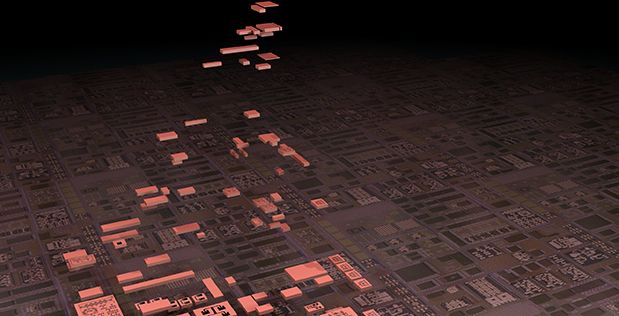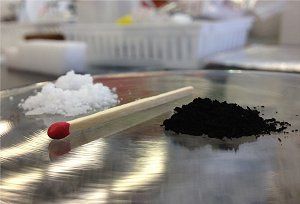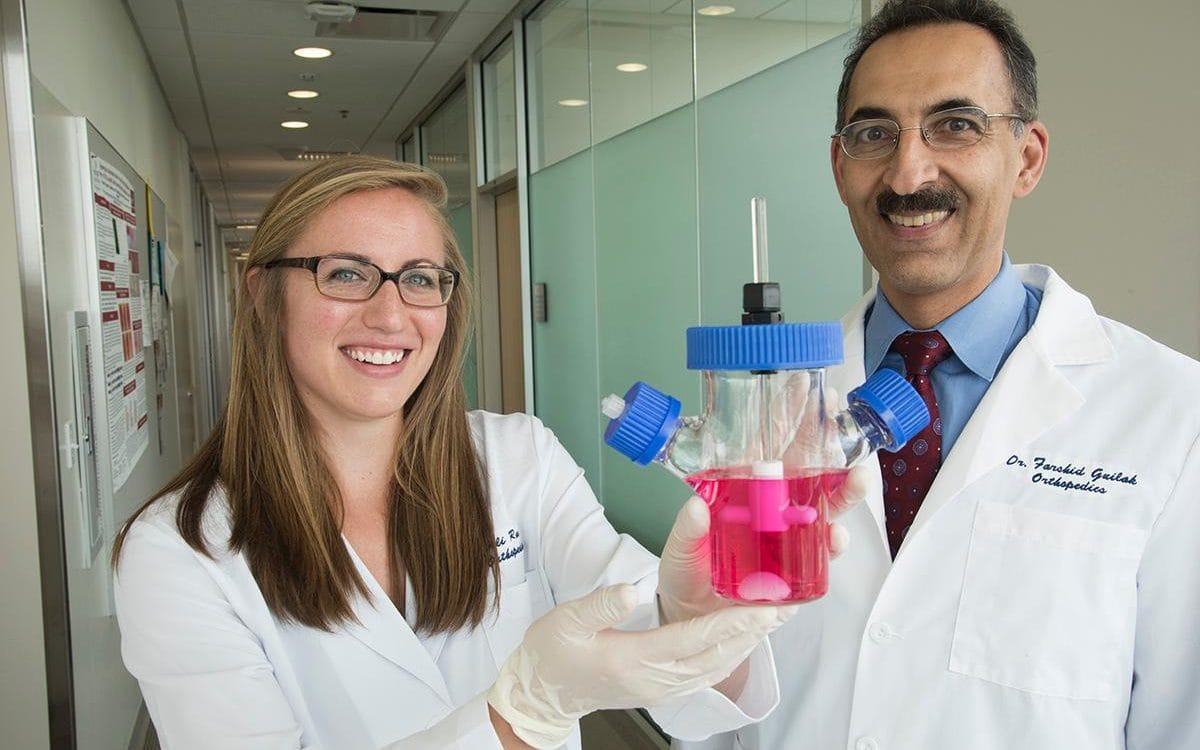According to our best theories of physics, the universe is a fixed block where time only appears to pass. Yet if the flow of time is an illusion, how do we account for the distinction between past, present and future? In June, 60 physicists gathered for four days at the Perimeter Institute for Theoretical Physics to debate this another questions about the mysteries of time.
Page 11041
Jul 19, 2016
Another Big Shrink: Tiling Chiplets into Next-Generation Microsystems
Posted by Klaus Baldauf in categories: computing, robotics/AI, transportation
Open the hood of just about any electronic gadget and you probably will find printed circuit boards (PCBs)—most often in a leaf-green color—studded with processing, memory, data-relaying, graphics, and other types of chips and components, all interconnected with a labyrinth of finely embossed wiring. By challenging the technology community to integrate the collective functions hosted by an entire PCB onto a device approaching the size of a single chip, DARPA’s newest program is making a bid to usher in a fresh dimension of technology miniaturization.
“We are trying to push the massive amount of integration you typically get on a printed circuit board down into an even more compact format,” said Dr. Daniel Green, manager of the new program, whose acronym, “CHIPS,” is itself a typographic feat of miniaturization; the program’s full name is the Common Heterogeneous Integration and Intellectual Property (IP) Reuse Strategies Program. “It’s not just a fun acronym,” Green said. “The program is all about devising a physical library of component chips, or chiplets, that we can assemble in a modular fashion.”
A primary driver of CHIPS is to develop a novel, industry-friendly architectural strategy for designing and building new generations of microsystems in which the time and energy it takes to move signals—that is, data—between chips is reduced by factors of tens or even hundreds. “This is increasingly important for the data-intensive processing that we have to do as the data sets we are dealing with get bigger and bigger,” Green said. Although the program does not specify applications, the new architectural strategy at the program’s heart could open new routes to computational efficiencies required for such feats as identifying objects and actions in real-time video feeds, real-time language translation, and coordinating motion on-the-fly among swarms of fast-moving unmanned aerial vehicles (UAVs).
Jul 19, 2016
Atomic data storage is still way off from practicality — 500 Terabits per square inch at −196˚C in a vacuum chamber
Posted by Klaus Baldauf in categories: computing, particle physics

Every day, modern society creates more than a billion gigabytes of new data. To store all this data, it is increasingly important that each single bit occupies as little space as possible. A team of scientists at the Kavli Institute of Nanoscience at Delft University managed to bring this reduction to the ultimate limit: they built a memory of 1 kilobyte (8,000 bits), where each bit is represented by the position of one single chlorine atom.
“In theory, this storage density would allow all books ever created by humans to be written on a single post stamp”, says lead-scientist Sander Otte.
Jul 19, 2016
Naftalina viabiliza computador quântico a temperatura ambiente
Posted by Bruno Henrique de Souza in category: materials
Computadores qu nticos a temperatura ambiente.
É aí que entra a naftalina — mais especificamente, o material resultante da queima do naftaleno. A combustão gera um material à base de carbono, um pó fino que pode ser disperso em solventes como água ou etanol e depositado diretamente sobre uma pastilha de silício — depois de seco e visto ao microscópio o material se transforma em uma série de nanoesferas.
Bálint Náfrádi, da Universidade Politécnica Federal de Lausane, na Suíça, juntamente com colegas da Austrália e da Alemanha, descobriu que esse material consegue manter estáveis os spins dos elétrons em seu interior por até 175 nanossegundos — considera-se que a computação qu ntica pode se tornar prática a temperatura ambiente com qubits que sejam estáveis por mais do que 100 nanossegundos.
Continue reading “Naftalina viabiliza computador quântico a temperatura ambiente” »
Jul 19, 2016
Matching Fund Donors Sought for SENS Universal Cancer Therapy Crowdfunding
Posted by Steve Hill in categories: biotech/medical, life extension
SENS has a fund match for its current campaign on lifespan.io, if you are concerned about cancer like me and you want to help directly fund a lab working on solutions please think about donating. smile
There is a month left to go in the SENS crowdfunding campaign that aims to accelerate development of an important component of a universal cancer therapy, a way to block the mechanisms of telomere lengthening that every type of cancer depends upon. The SENS Research Foundation and Lifespan.io volunteers are looking for donors to put up matching funds of a few thousand dollars or more, in order to take that news and that inducement to a number of conferences and other events over the next few weeks. More than 150 people have donated to the campaign to date, and we’d like to triple that number in the next 30 days.
To start things off, I’ll offer up $2,000 of my own funds: the next $2,000 in donations to this SENS cancer research initiative will be matched dollar for dollar. That is a start, and if you can join in to help out, please contact me to let me know. Can you help to make a difference here?
Continue reading “Matching Fund Donors Sought for SENS Universal Cancer Therapy Crowdfunding” »
Jul 19, 2016
Glow-in-the-Dark ‘Smart Highways’ Replace Street Lights in the Netherlands
Posted by Shailesh Prasad in category: transportation
Light-absorbing glow-in-the-dark road markings have replaced standard street lighting on a 500 meter stretch of highway in The Netherlands. This project is the first stage of a concept first unveiled back in 2012 by designer and innovator Daan Roosegaarde, who presented his ‘Smart Highway’ plans during Dutch Design Week. Roosegaarde’s design took top honors in the 2013 INDEX: Awards, and we’re excited to see it finally hit the streets!
Jul 19, 2016
Artificial Hearts Make Life Possible Without a Pulse
Posted by Shailesh Prasad in category: biotech/medical
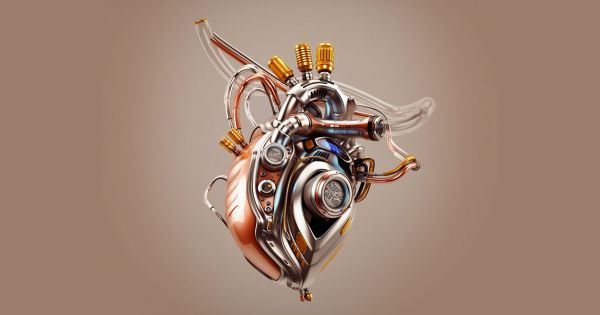
https://youtube.com/watch?v=XzTXaUltXUA
In 2011, two visionary doctors from the Texas Heart Institute successfully replaced a dying man’s heart with a ‘continuous flow’ device they developed.
Jul 19, 2016
‘Living hip’ grown in lab genetically engineered to stop arthritis
Posted by Shailesh Prasad in categories: bioengineering, biotech/medical, genetics
Arthritis sufferers have been offered new hope after scientists grew a ‘living hip’ in the lab which not only replaces worn cartilage but stops painful joints returning.
Researchers in the US have used stem cells to grow cartilage in the exact shape of a hip joint while also genetically engineering the tissue to release anti-inflammatory molecules to fend off the return of arthritis.
The idea is to implant the perfectly shaped cartilage around the joint to extend its life before arthritis has caused too much damage to the bone.
Continue reading “‘Living hip’ grown in lab genetically engineered to stop arthritis” »
Jul 19, 2016
World’s first #graphene battery product unveiled in Beijing
Posted by Shailesh Prasad in categories: energy, materials
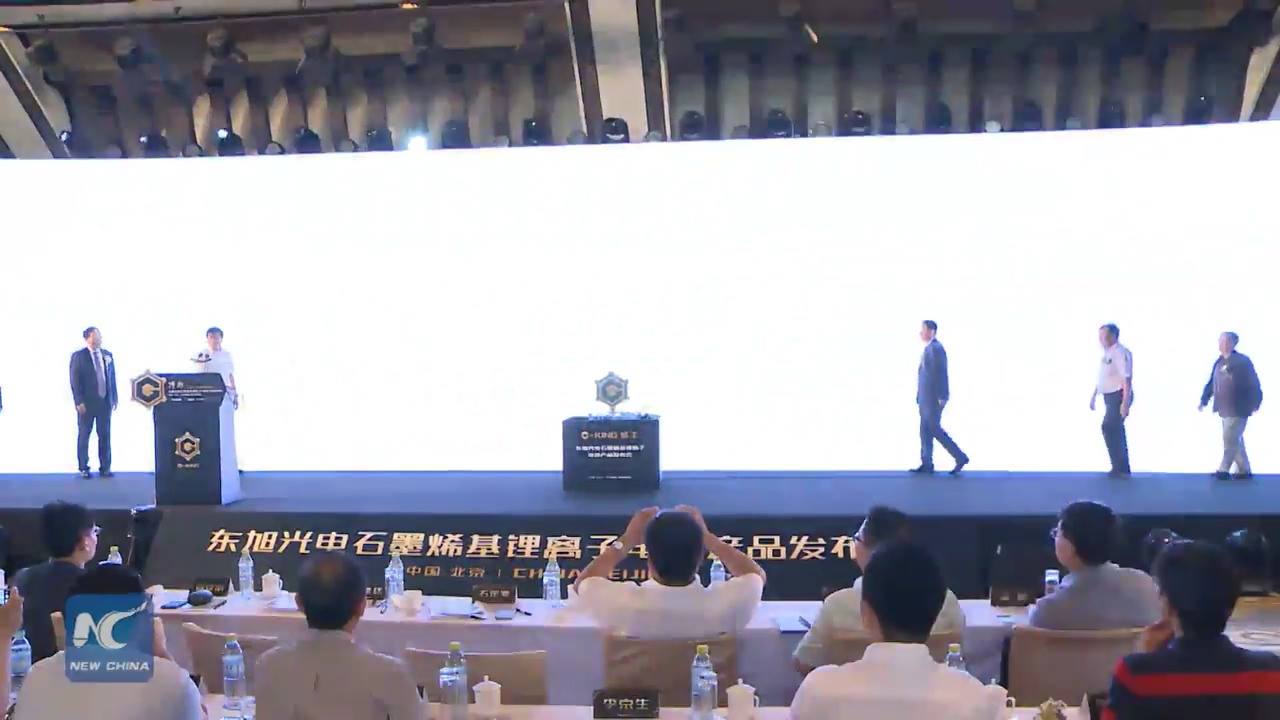
The portable battery can be fully recharged within 15 minutes, about 20 times faster than a Li-ion battery.

